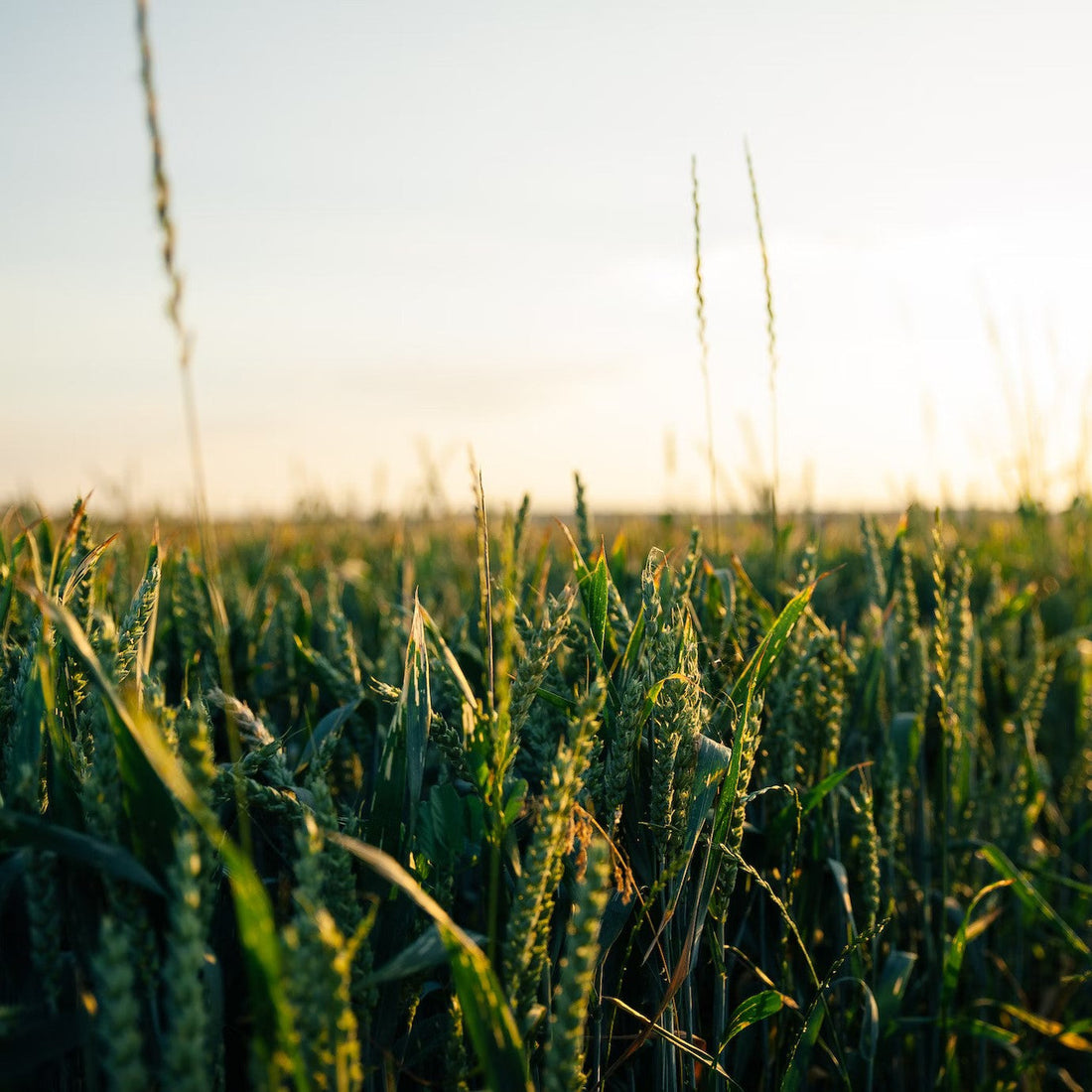Whiskey, often celebrated for its rich and diverse flavors, is an embodiment of history, tradition, and craftsmanship. While we often associate the concept of terroir with wine, it is becoming increasingly recognized as a crucial element in the whiskey-making process. Terroir, the unique environmental and geographical factors that shape the character of a spirit, plays a significant role in the world of American craft whiskey. This article delves into the historical evolution of terroir in the whiskey industry and how it influences various American craft distilleries.
The Origins of Terroir
The term "terroir" originates from the French word "terre," which means "land" or "soil." Initially, terroir was primarily associated with the wine industry, referring to the specific geographic and environmental conditions that affect the grapes and, consequently, the wine produced. These conditions include soil composition, climate, topography, and even the cultural practices of the region.
While the concept of terroir was predominantly a concern for winemakers, it gradually found its way into the whiskey industry as craft distilleries began to emphasize the importance of regional characteristics in the production of American whiskey.
Terroir and American Craft Whiskey
American craft whiskey distilleries have been at the forefront of embracing the concept of terroir, seeking to create unique, locally inspired spirits that showcase the distinctive characteristics of their regions. The role of terroir in American craft whiskey can be broken down into several key components:
-
Grain Selection: The choice of grain used in whiskey production significantly impacts the final flavor profile. Craft distilleries select grains from local sources, taking into account the region's climate and soil composition. For instance, a distillery in the Pacific Northwest may opt for soft white wheat, while one in the heart of the Midwest may choose corn as a primary grain.
-
Water Source: The quality and composition of water used in the distillation process are critical. Many craft distilleries draw water from local sources, and the mineral content of this water can impart distinct characteristics to the whiskey.
-
Climate: Climate plays a substantial role in the aging process of whiskey. Distilleries located in regions with varying temperature ranges experience more interaction between the spirit and the wood of the barrels. This interaction contributes to the development of unique flavors.
-
Barrel Selection: The type of wood used for aging, as well as the location and conditions of the barrel storage, are vital components of terroir. Oak from different regions imparts distinct flavors to the whiskey, and aging in various climates results in varying maturation outcomes.
-
Microbial Activity: The microorganisms present in a region's environment can influence fermentation and maturation processes. Wild yeast strains from the region contribute to the flavor profile.
-
Local Culture and Techniques: The history, traditions, and techniques of a region can also influence whiskey production. Craft distilleries often draw on local expertise and cultural practices to create unique expressions.
Examples of Terroir in American Craft Whiskey
Several American craft distilleries have embraced the concept of terroir and have gained recognition for their regionally influenced spirits:
-
High West Distillery (Utah): High West Distillery is known for its use of locally sourced grains and water from the Wasatch Mountains. Their whiskey reflects the rugged terrain and climate of the Utah region.
-
Balcones Distilling (Texas): Balcones Distilling has embraced Texas's extreme climate and uses local grains. The result is bold, spicy, and distinctly Texan whiskey.
-
Copper Fox Distillery (Virginia): Copper Fox Distillery is recognized for its innovative use of fruitwood smoke and locally grown grains, resulting in a terroir-driven whiskey with a fruit-forward character.
-
Kings County Distillery (New York): This Brooklyn-based distillery utilizes the city's unique urban environment, crafting small-batch, handmade whiskey that captures the spirit of New York.
Terroir in American craft whiskey has evolved from a concept primarily associated with wine to a fundamental principle in whiskey production. Distilleries across the United States are embracing their local environmental and cultural characteristics to create distinctive, regionally inspired spirits that celebrate the rich tapestry of American whiskey-making.
The history of terroir in the whiskey industry reveals a fascinating journey of evolution from a wine-centric concept to an essential element in American craft whiskey. Distilleries across the United States are recognizing the importance of regionally influenced characteristics and embracing the diverse environmental and cultural factors that shape the flavor profiles of their spirits. As American craft whiskey continues to flourish, the concept of terroir will undoubtedly play an increasingly pivotal role in celebrating the rich diversity of flavors in the world of whiskey.
